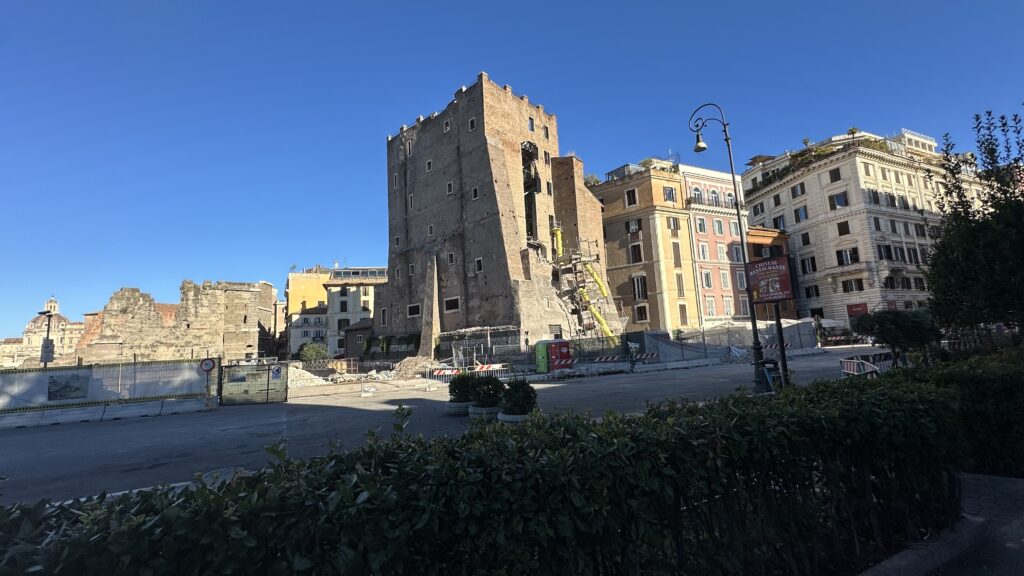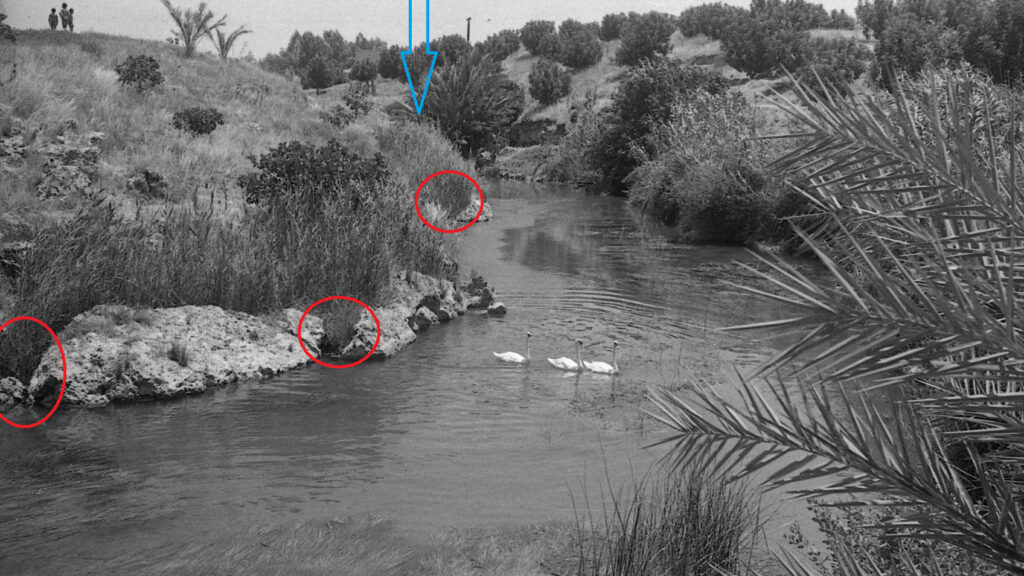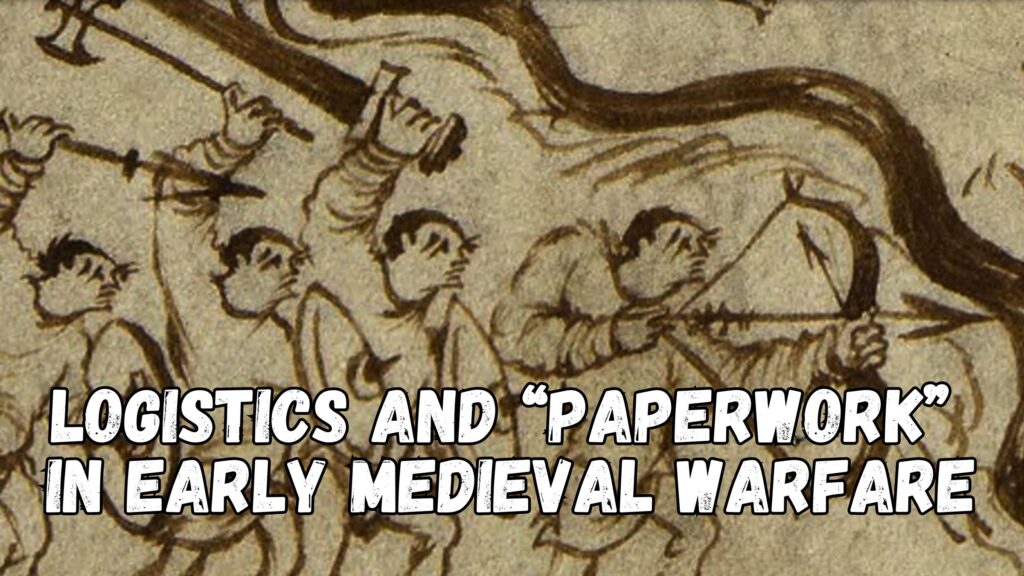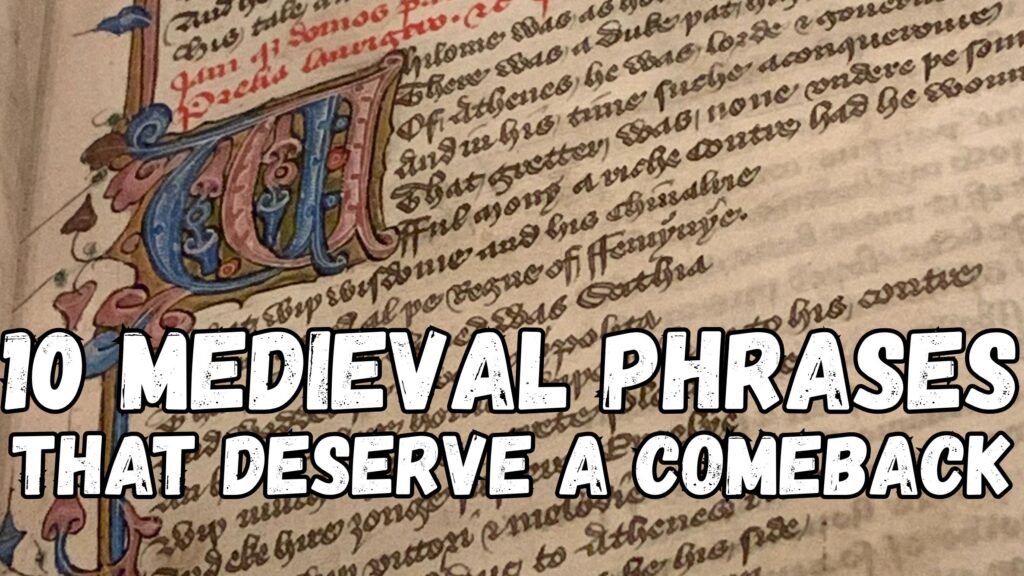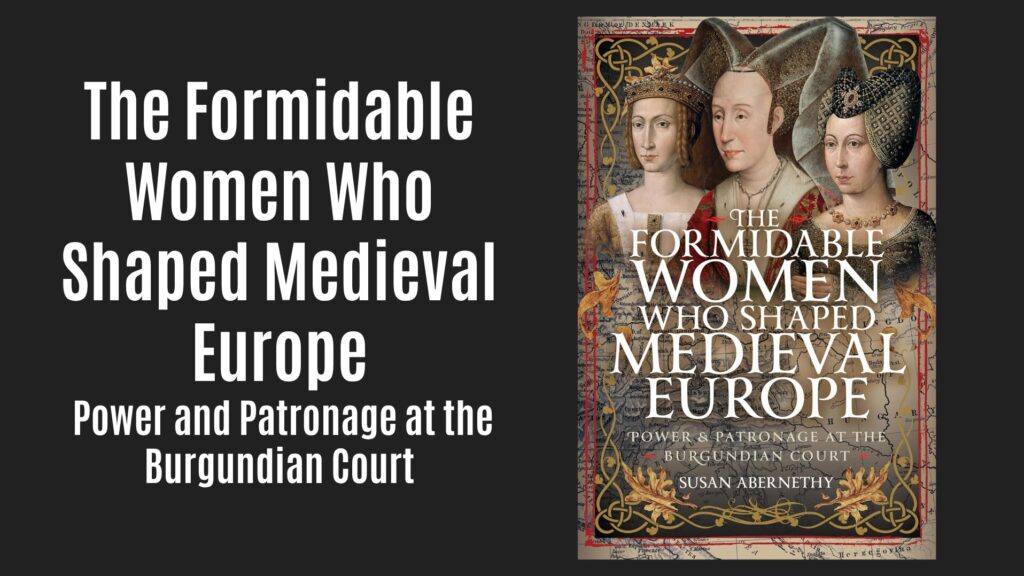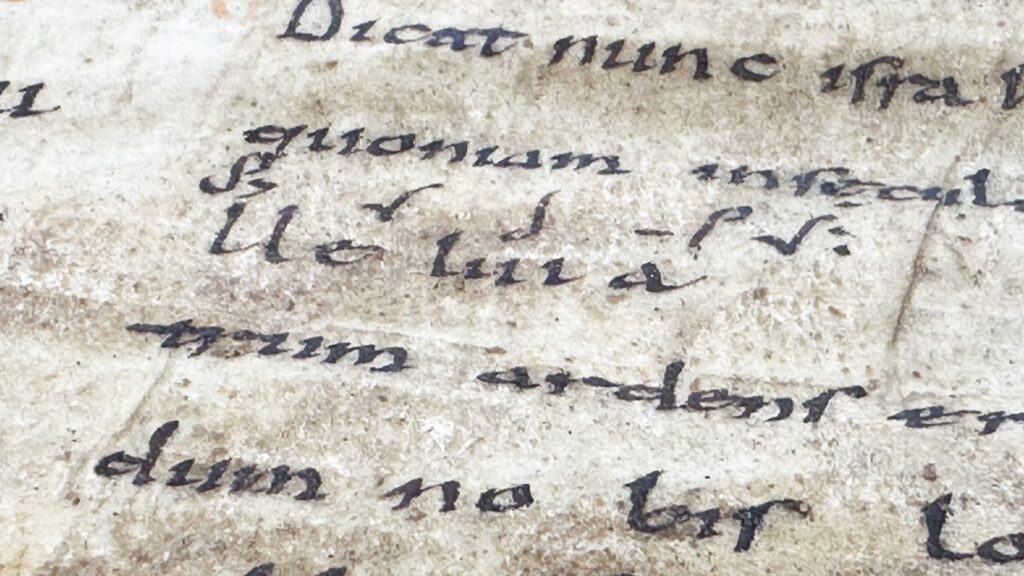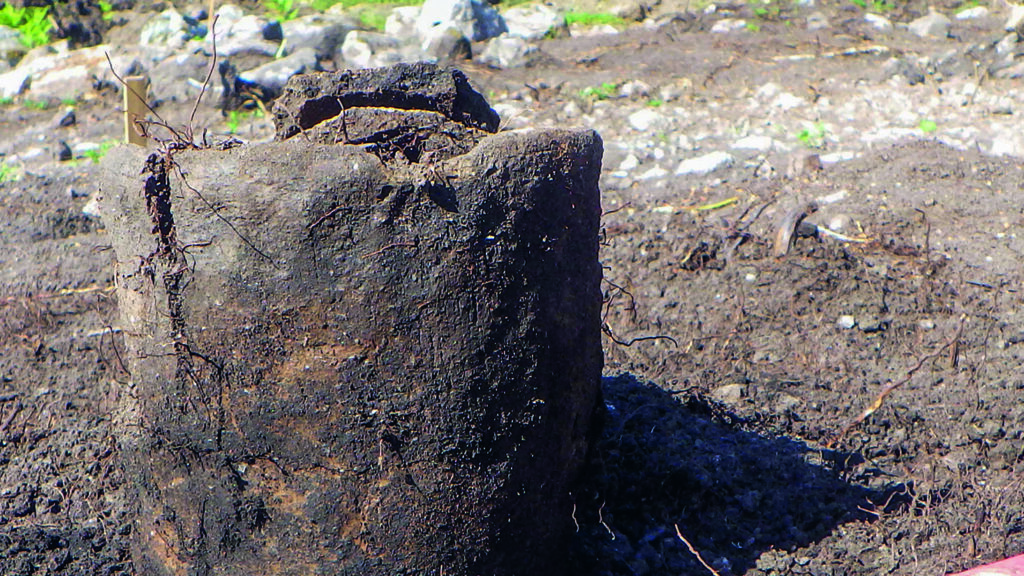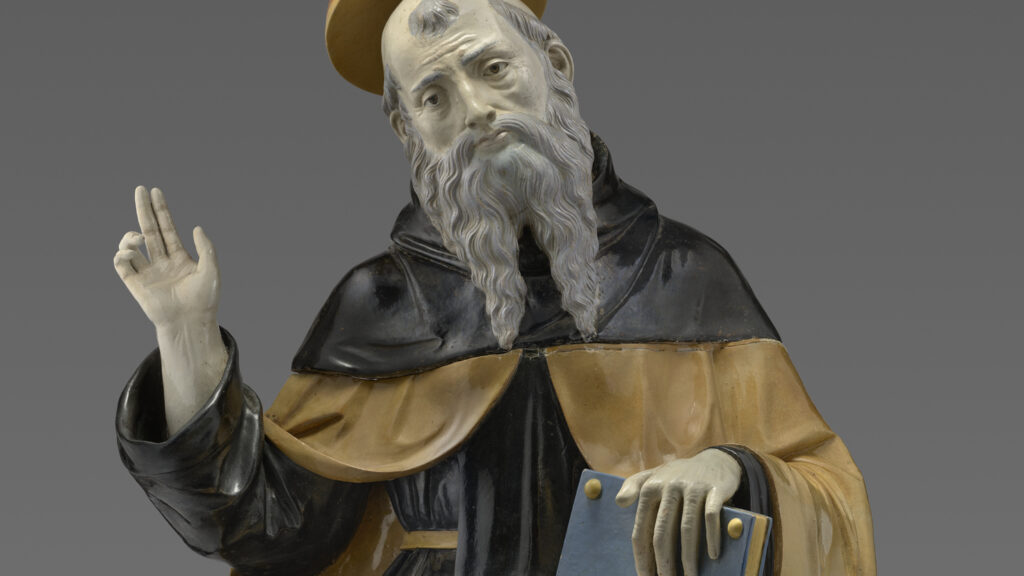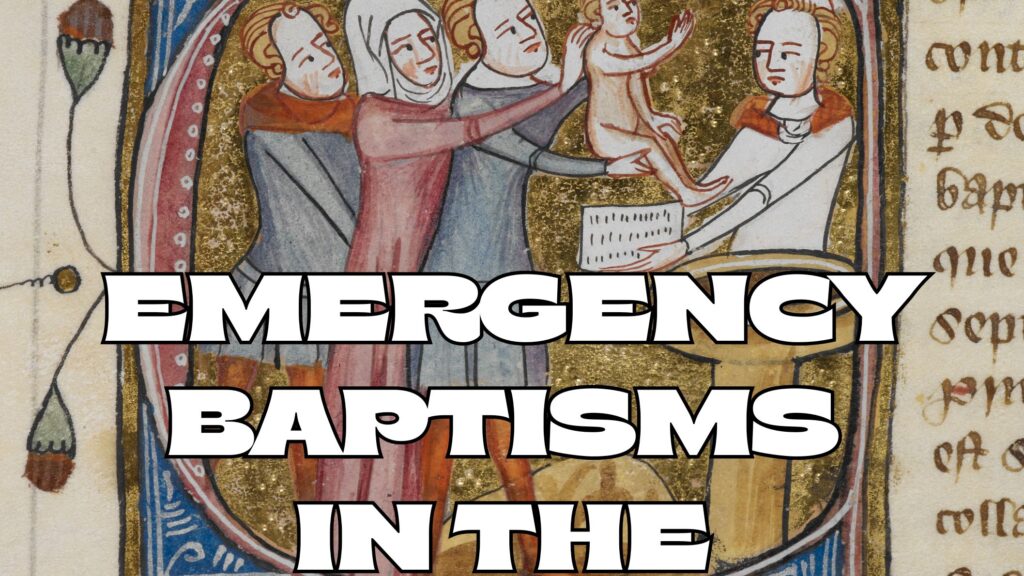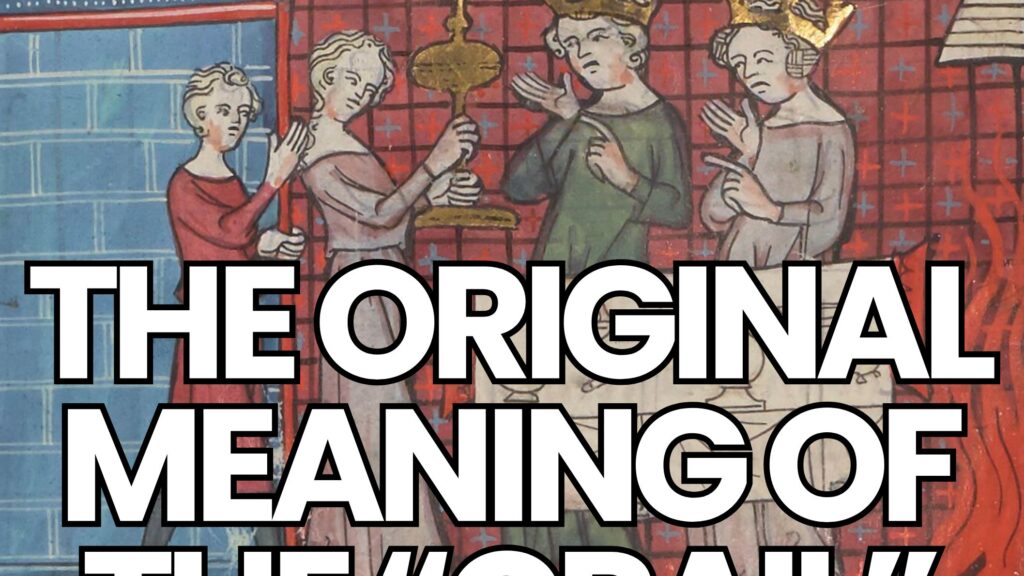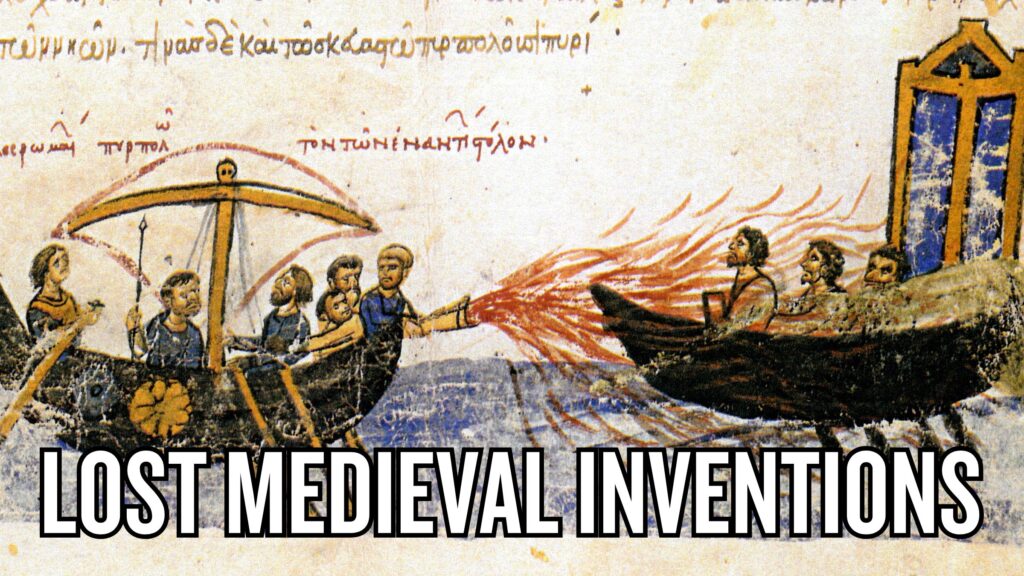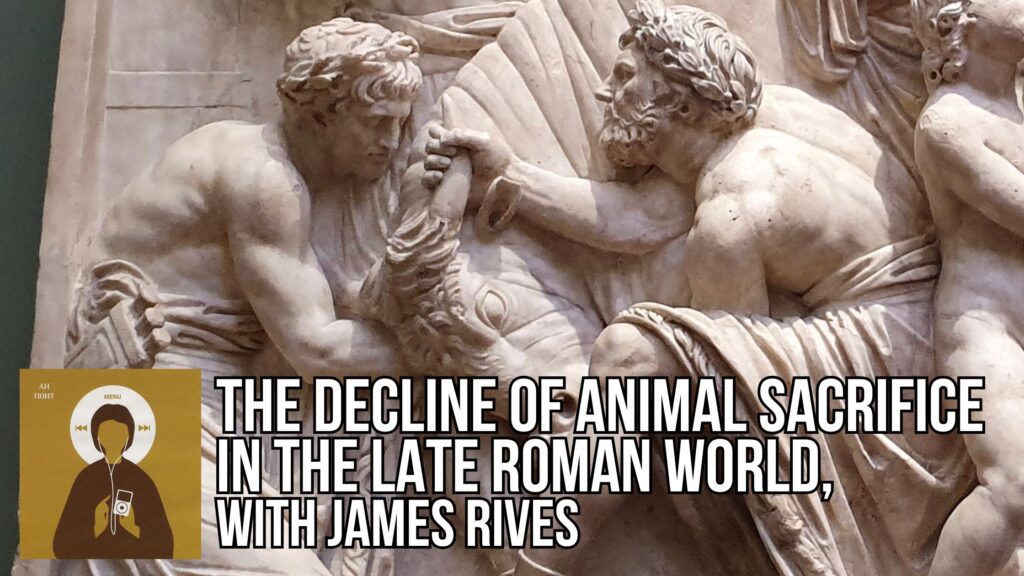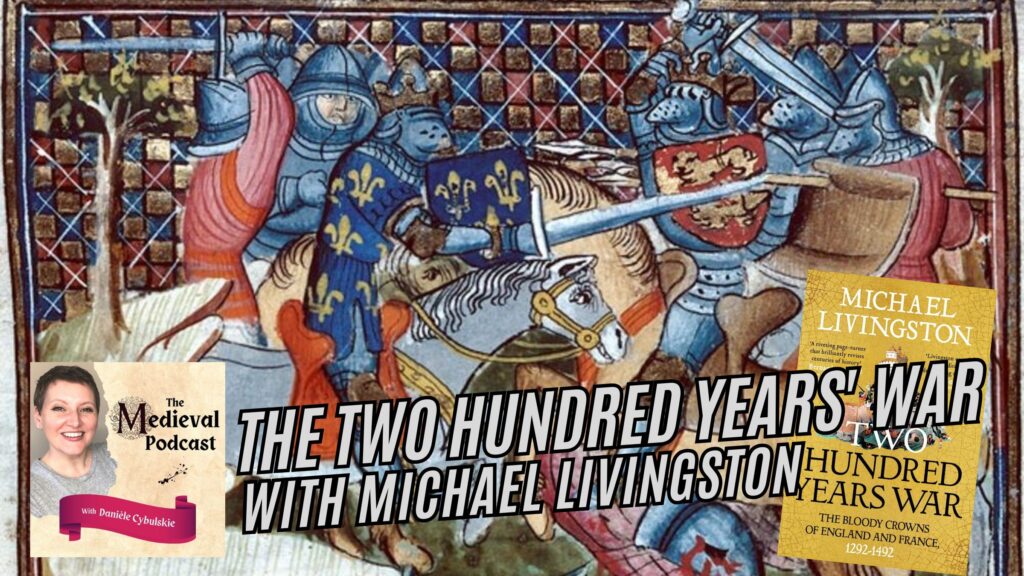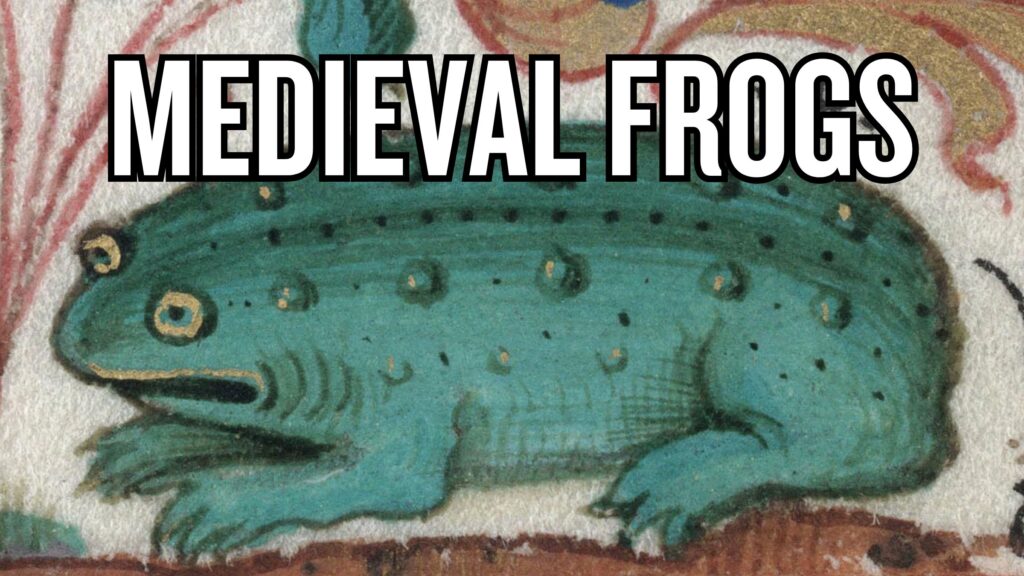Viking Age Artefacts Discovered in Sweden
Archaeologists in Sweden have uncovered Viking Age graves containing swords, ornate horse gear, and cremation sites in the central region of Västmanland.
Balthild of Francia with Isabel Moreira
This week on The Medieval Podcast, Danièle speaks with Isabel Moreira about Queen Balthild of Francia, her influence, and her lasting legacy.
10 Medieval Studies’ Articles Published Last Month
What’s new in medieval studies? Here are ten open-access articles published in October, which include papers ranging from beer to wax.
Medieval Torre dei Conti Collapses in Rome, Killing One Worker
A section of the 13th-century Torre dei Conti in Rome collapsed during restoration work, killing one worker and injuring others. Authorities are investigating the cause of the collapse at the historic medieval tower.
Medieval Sugar Mill Complex Discovered in Israel
Archaeologists in northern Israel have uncovered Mamluk-era tunnels beneath Gan Ha-Shelosha National Park, revealing a 15th–16th-century sugar mill complex powered by brackish spring water.
Logistics and “Paperwork” in Early Medieval Warfare
Discover how early medieval rulers like Charlemagne organized their wars through meticulous planning and record-keeping, revealing a sophisticated logistical system that kept their armies supplied and ready for campaign.
Ten Medieval Phrases That Deserve a Comeback
Discover ten forgotten phrases from the Middle Ages — from English oaths to Arabic blessings — that once shaped medieval life and still deserve a comeback today.
The Mysterious Tombs of the Knights of the Round Table
In the 13th-century, a Dominican preacher linked real graves in Burgundy to the legendary Knights of the Round Table. Étienne de Bourbon’s account reveals how medieval belief, archaeology, and Arthurian myth intertwined in the mysterious tombs of Saint-Émiland.
New Medieval Books: The Formidable Women Who Shaped Medieval Europe
This book profiles more than forty women associated with the Burgundian court between the fourteenth and sixteenth centuries, highlighting their influential roles in governance, religion, and the arts.
Medieval Musical Notations Discovered in 9th-Century Manuscript
A newly identified 9th-century manuscript leaf may contain some of the earliest known examples of written music in Western Europe — what experts are calling a rare witness to the very dawn of musical notation. The manuscript leaf is being offered on the public market for $80,000 US.
Medieval Vampire Epidemics with John Blair
This week on The Medieval Podcast, Danièle speaks with John Blair about who refused to rest in peace in the Middle Ages, how medieval people attempted to keep the dead buried, and why some hauntings reached epidemic proportions.
How to Be a Medieval Rogue: Lessons from Abū Zayd al-Sarūjī
Learn what it takes to be a rogue from Abū Zayd al-Sarūjī, the legendary con man of Maqamat al-Hariri, as translated in Michael Cooperson’s Impostures.
Viking-Age Woman’s Burial Discovered in Sweden
Archaeologists in Sweden have uncovered the grave of a woman buried between 8th and 9th century AD, during the early Viking Age, at a site that had already been inhabited more than two thousand years earlier.
Medieval Bread Discovered in Turkey
Archaeologists in southern Turkey have uncovered five carbonised loaves of bread dating to the 7th–8th centuries AD, offering a rare glimpse into early medieval Christian life and worship.
Renaissance Sculpture Acquired by The Getty
The J. Paul Getty Museum has announced the acquisition of a life-size glazed terracotta sculpture by Andrea della Robbia, one of the foremost sculptors of the Italian Renaissance. The work depicts Saint Anthony the Abbot, a third- and fourth-century Christian hermit famed for his asceticism and role as a model for monastic life.
Who Could Baptize? Clerical Authority and Emergency Baptisms in the Middle Ages
During the Middle Ages, baptism was essential for salvation—but who could perform it? This article explores how the medieval Church balanced clerical authority with the necessity of emergency baptisms by lay people and midwives.
Famous Medieval Words and Their Surprising Origins
From medieval and Vikings to chivalry, cathedrals, guilds, and manuscripts, explore 25 words we associate with the Middle Ages and uncover the surprising origins behind each one.
Before the Holy Grail: The Original Meaning of the Medieval ‘Graal’
Learn how the medieval graal began not as a holy cup but as an ordinary serving dish in the court of the Fisher King—revealing the surprising origins of the legendary Holy Grail.
Medieval Inventions We Still Can’t Fully Recreate Today
From Greek fire and Damascene steel to the glowing blue of Chartres Cathedral, many medieval inventions remain impossible to reproduce. Discover the lost technologies that continue to puzzle scientists and historians today.
The Edict of 1037: How Conrad II Reshaped Medieval Power
Discover how Emperor Conrad II’s Edictum de Beneficiis transformed power in medieval Italy. Once seen as the birth of feudalism, this 1037 decree reveals a deeper story of politics, land, and loyalty.
The Decline of Animal Sacrifice in the Late Roman World, with James Rives
A conversation with James Rives on the history of ancient animal sacrifice in the Roman world. We focus on its decline and eventual demise in the third and fourth centuries. Animal sacrifice was caught up in the conflicts between the Roman emperors and the Christian Church, which endowed it with an importance it had not had before.
When the Assassins Came to Mosul
In 1126, Nizari Assassins struck in Mosul, killing the powerful Seljuk commander al-Bursuqi during Friday prayers. The attack and its bloody reprisals reveal how fear, faith, and politics intertwined in the medieval Islamic world.
The Two Hundred Years’ War with Michael Livingston
This week on The Medieval Podcast, Danièle speaks with Michael Livingston about why the Hundred Years’ War should actually be called the Two Hundred Years’ War, what actually touched off the conflict, and why we should question everything.
The Medieval Frog: From Healing Charm to Cautionary Tale
In medieval Europe, frogs were both feared and useful — condemned as unclean yet valued in medical recipes and moral tales. A new study explores how this unlikely creature moved from the healer’s toolkit to the storyteller’s page, revealing the many roles of the medieval frog.
New Medieval Exhibition Opens at The Met Cloisters
A new exhibition at The Met Cloisters in New York invites visitors to reconsider the medieval past through the art of human desire. Spectrum of Desire: Love, Sex, and Gender in the Middle Ages explores how artists from the 13th to 15th centuries depicted passion, devotion, and identity in ways that were both deeply spiritual and strikingly sensual.



